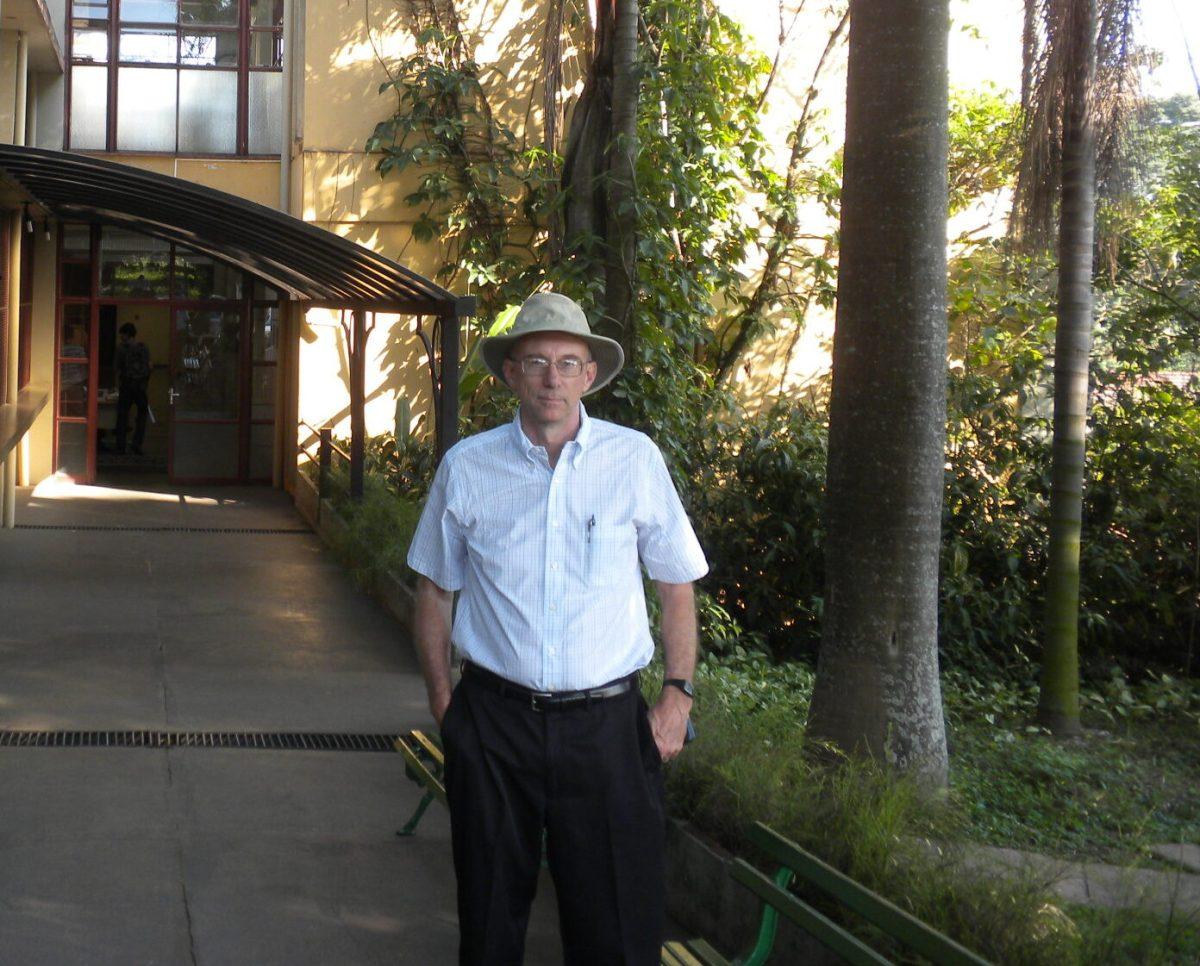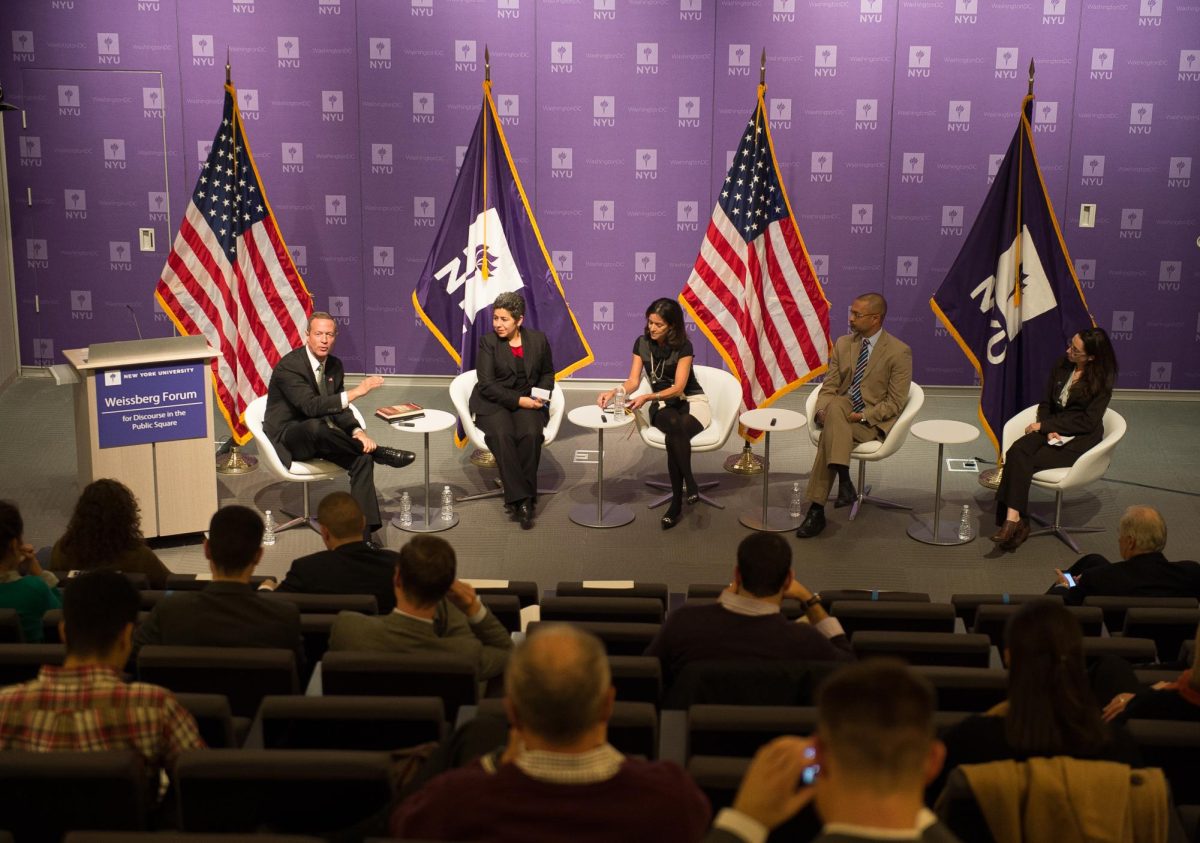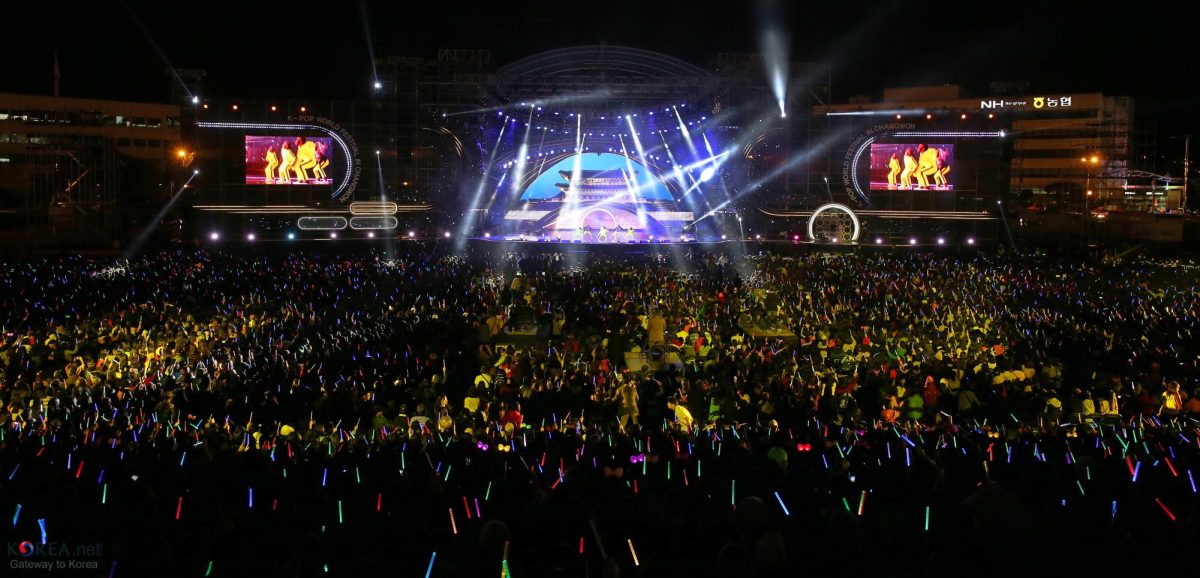Jalen Rose | Staff Writer
Last month, the Carolinas were hit by Hurricane Florence. Many student groups have been supplying aid and organizing relief efforts for the victims of the storm. Along with Federal Emergency Management Agency (FEMA), several government agencies pitched in to aid the relief efforts for the aftermath of the storm. The most recently recorded death toll is 42.
This time last year, student groups on campus were providing aid to Texas and Puerto Rico as they were both hit by Hurricane Harvey and Hurricane Maria, respectively. Hurricane Harvey and Hurricane Maria were both category 4 storms when they touched land.
Texas and Puerto Rico were both affected at the same time, but faced a significant gap in the amount of aid each received. The death toll in Texas, after Hurricane Harvey hit, is recorded to be 82 casualties. The death toll in Puerto Rico, after Hurricane Maria hit, is recorded to be roughly 3,000 casualties.
There are multiple shortcomings on FEMA’s part that produced the devastating aftermath of Hurricane Maria. FEMA’s biggest mistake was delaying authorization of full reconstruction aid to Puerto Rico. Full reconstruction aid is often operated by FEMA “to help a community repair and rebuild its public infrastructure after a natural disaster,” according to seven Democratic senators who urged FEMA to authorize the help Puerto Rico desperately needed.
Another mistake made by FEMA was failing to deliver millions of emergency meals to the citizens of Puerto Rico.
There were clear and noticeable differences between how FEMA reacted to both Hurricane Harvey and Hurricane Maria. In Danny Vivik’s article for Politico, he points out the disparities in FEMA’s reaction to the Hurricanes: “During the first nine days after Harvey, FEMA provided 5.1 million meals, 4.5 million liters of water and over 20,000 tarps to Houston; but in the same period, it delivered just 1.6 million meals, 2.8 million liters of water and roughly 5,000 tarps to Puerto Rico.”
Houston’s population is roughly 2.3 million while Puerto Rico’s is around 3.3 million. This displays a wildly disproportionate amount of aid received in Houston when compared to Puerto Rico.
This level of negligence is not an unfamiliar phenomenon for Puerto Ricans. The Puerto Rican economy was already facing an immense debt due to the U.S.’s failure to value Puerto Rican citizens as U.S. citizens. This debt forced Puerto Rico to cut funding to the public university in an attempt to resolve the issue. Being subjected to such high levels of disregard is an unfortunate reality for the citizens of Puerto Rico.
Last month, President Trump commented on the relief efforts after Hurricane Maria and said, “I actually think it’s one of the best jobs that’s ever been done.” To be clear, our president believes that 3,000 deaths and a year without power is deserving of an “A+” score.
Not only did the Trump administration underestimate the severity or Hurricane Maria, but they also accused the relief efforts in Puerto Rico of being too expensive. According to Vivik’s Politico article, “FEMA had approved $141.8 million in individual assistance to Harvey victims, versus just $6.2 million for Maria victims.”
It is clear that the relief efforts for Puerto Rico were not as prevalent as the ones for states on mainland. This blatant negligence speaks to the view of Puerto Rican citizens in the eyes of an average mainlander. Although Puerto Ricans are classified as U.S. citizens, they are repeatedly treated as if they’re not.
Additionally, it would be irresponsible for any of us to disregard the racial bias that plays a factor here. Not only is Puerto Rico geographically separated from the U.S. mainland, but the majority of the citizens are Latinx.
Even on our own campus, there were disparities between the aid for Puerto Rico and the aid for Texas and the Carolinas. Relief efforts for Florence victims were more prevalent and vocalized than the efforts for Maria victims last year.
Although it is understandable that our proximity to Hurricane Florence resulted in more student-led relief efforts, is it morally responsible to let the adjacency of a storm affect our sympathy? Why can’t we keep the same energy for all U.S. citizens and not just the ones on the mainland?













